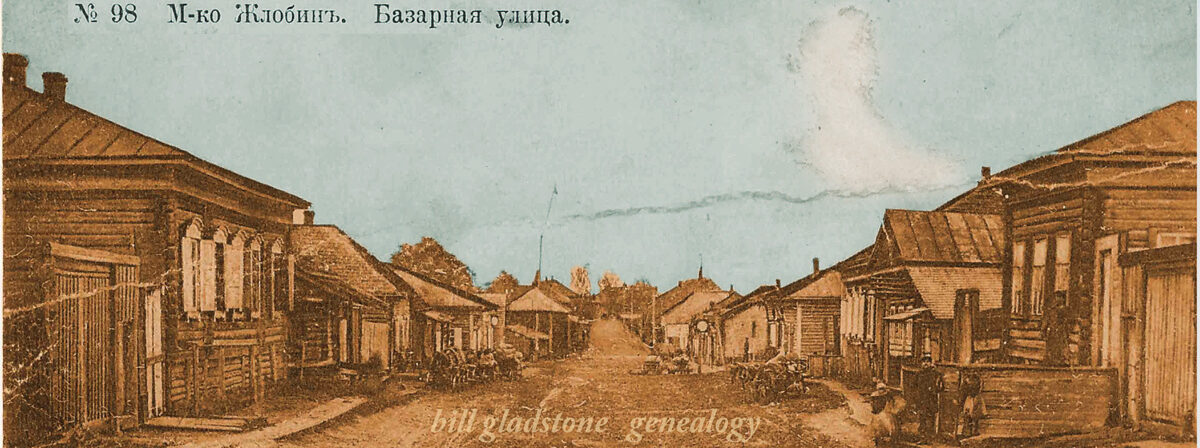Bonnie Burstow had been thinking about writing a non-fiction book about “trans-generational trauma in Holocaust survivor families,” but then she decided to handle the subject as a novel instead.
“I wanted something that would appeal to a broader audience than Jews and psychologists,” explains the 61-year-old psychotherapist and instructor at OISE (Ontario Institute for Studies in Education).
A first novel, The House on Lippincott (Inanna) presents a family story that focuses on a Holocaust-survivor couple and their three daughters in postwar Toronto. Most of the action is set in the house in Toronto’s Annex neighbourhood that gives the story its title. “The house ends up being so significant to the novel that it’s almost a character in itself,” Burstow said.
As in most survivor families, enduring nightmares and flashbacks from the Holocaust dominate the Himmelfarbs’ emotional lives. The parents’ formative memories of Auschwitz affect their daughters so strongly that Miriam, the middle daughter and narrator, has vicarious flashbacks of her parents’ concentration-camp experiences as if they were her own. As a grown woman, she becomes a philosophy professor who develops a stay-at-home syndrome, unable through guilt to leave her parents’ abode.
Sondra, the eldest daughter, leaves home as a teenager. She prefers an unpalatable life on the streets as a “sex-trade worker” rather than to stay in a home where her own emotional needs are forever trumped by her parents’ recollected horrors.
“I’m a trauma specialist, and I can tell you this is a feature common to many families of Holocaust survivors,” Burstow said. “The pain of the parents is so large that there is no room for the pain of the kids.”
The House on Lippincott also deals with the theme of sexual abuse: it’s a dark family secret that is never discussed. Burstow says she wasn’t trying to equate the two evils, only to show that “the acknowledged trauma in the family has a space that the unacknowledged trauma does not have.”
The two experiences “are in no way made to look the same or equal,” she said. “But one of the daughters feels that she can’t talk about her pain because the pain of her parents is so much greater. There’s no space for it and it’s one of the reasons she leaves the family at age fifteen and doesn’t come back until she’s in her early fifties.”
A post-Holocaust novel that deals primarily with the after-effects on the next generation, The House of Lippincott readily presents its post-modern credentials: for one thing, the characters exist within a psychologically complex interior world that seems as private and restrictive as their family home. Also, they are racked with guilt and pain, exist within a realm that seems highly cerebral, and live with a high sense of dissonance.
Gender politics are also rife: the main characters present feminist takes on Biblical stories and a shared perception that males take up too much space. “Men take up room, Miriam,” mother tells daughter resignedly, as if pointing out an historic injustice. “More than their share. It’s always been. I’m hoping maybe your generation can do something about it. Meydeleh, you will push them away if they overstep, yes?”
Still, the mother “is the kind of mother that everyone dreams of having because she is so loving,” Burstow said, adding that the father becomes more sympathetic as the story progresses. “He really grows on you. He makes mistakes but he’s a man who tries to do the right thing. He often doesn’t, but he has ethical principles and he loves his family. I see him as a sympathetic character but one fraught with his own mistakes and haunted by his secrets and his past. He’s certainly the most haunted figure in the novel.”
A child of survivors who grew up in Winnipeg, Burstow is the previous author of Radical Feminist Therapy, a work of nonfiction. The House on Lippincott took her five years to write and she found the process hard work but exhilarating. “It was exciting to be able to breath my knowledge as a psychologist into these characters. This [project] asked more of me than anything else I’d written, and made all the academic things I’d written look very easy to do.”
She has started a second novel, a multi-generational saga centered around a person who’s received electro-shock treatment. “You see shades of the problems caused by psychiatry in The House of Lippincott, but in my new novel that’s the central theme — the devastation of people’s lives at the hands of the psychiatric system.”
Responding to an observation that she seems drawn to subjects involving intense psychological pain, she replied: “I wouldn’t be a trauma specialist otherwise. I’m drawn to these subjects on a psychological level and also on a political level.” ♦
© Bill Gladstone






